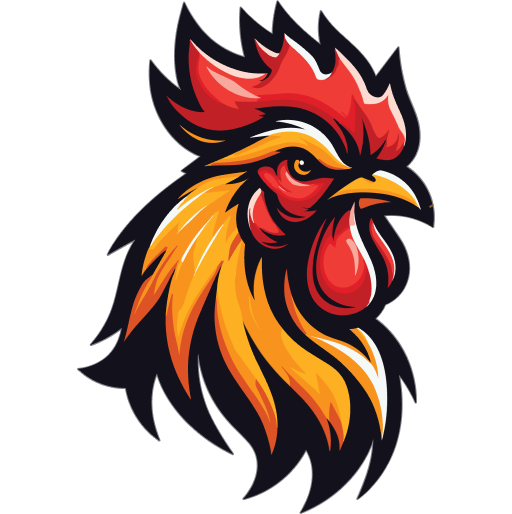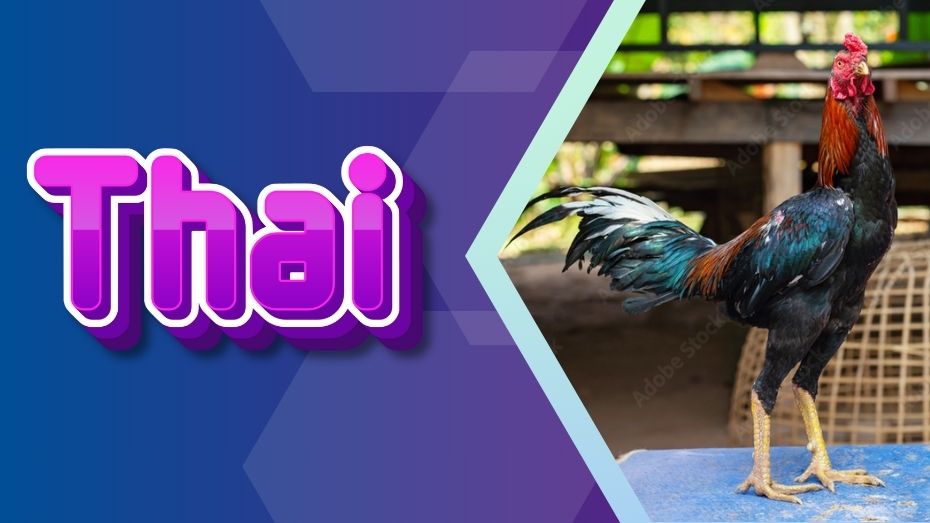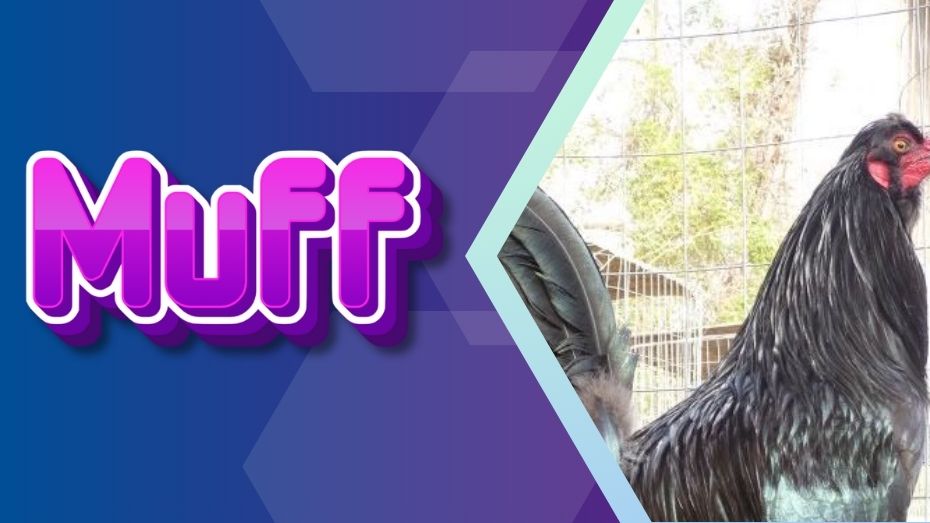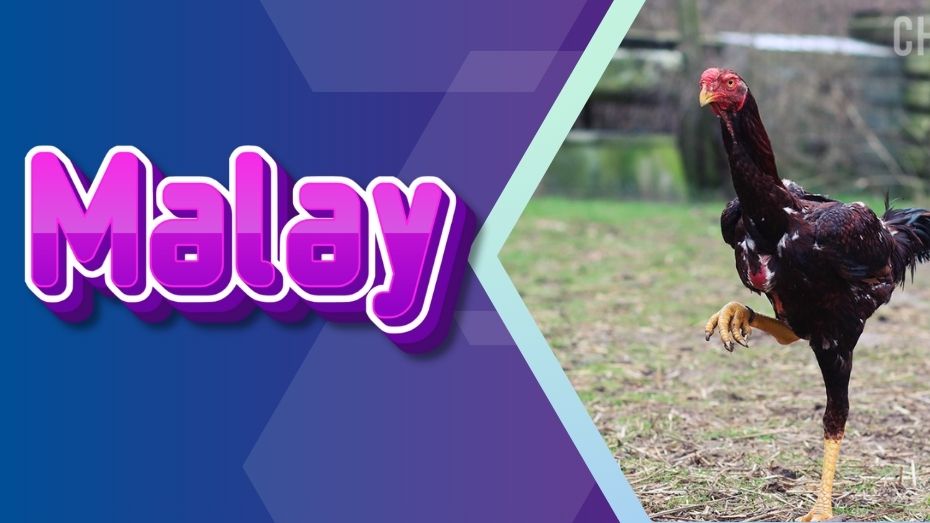Asil Gamefowls: The Warriors of the Cockpit
The Asil gamefowl, originating from India, is celebrated for its exceptional bravery and aggression in cockfighting arenas. Known for their penchant for close-range combat, Asils exhibit hostility even among chicks, making them formidable opponents in the cockpit.

Their muscular build and strong beaks enhance their fighting prowess, often leading to intense and dramatic battles. In addition to their physical attributes, Asils possess a keen strategic sense, allowing them to outmaneuver and outfight their opponents. This breed’s rich heritage and reputation for tenacity have made it a preferred choice for enthusiasts and breeders worldwide, further cementing its status as a legendary gamefowl.
Characteristics of Asil Gamefowls
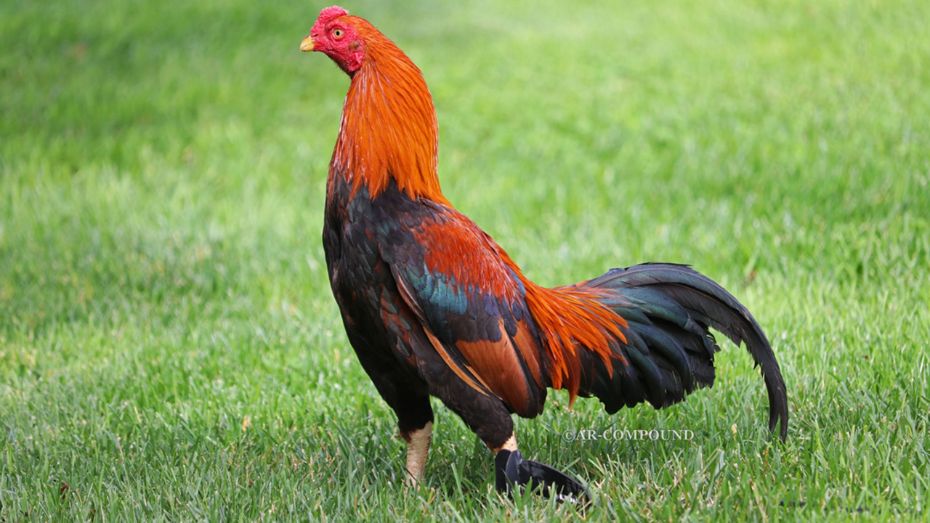
Asils are distinguished by several key physical traits:
Combat Style of Asil Gamefowls
Asil’s combat effectiveness is enhanced by their physical structure, particularly their short legs and small beaks, which make them adept at in-fighting. Known for their ferocity, Asils can deliver precise and powerful blows, making them even more lethal when equipped with blades.

Their robust and compact bodies provide excellent balance and agility, allowing them to navigate the cockpit easily. Furthermore, the Asil’s keen eyesight and quick reflexes enable them to effectively anticipate and counter their opponent’s moves. This combination of physical attributes and inherent aggression makes the Asil gamefowl a truly formidable adversary, renowned for its unparalleled fighting spirit and tactical understanding.
The Presence of Asils in the Philippines
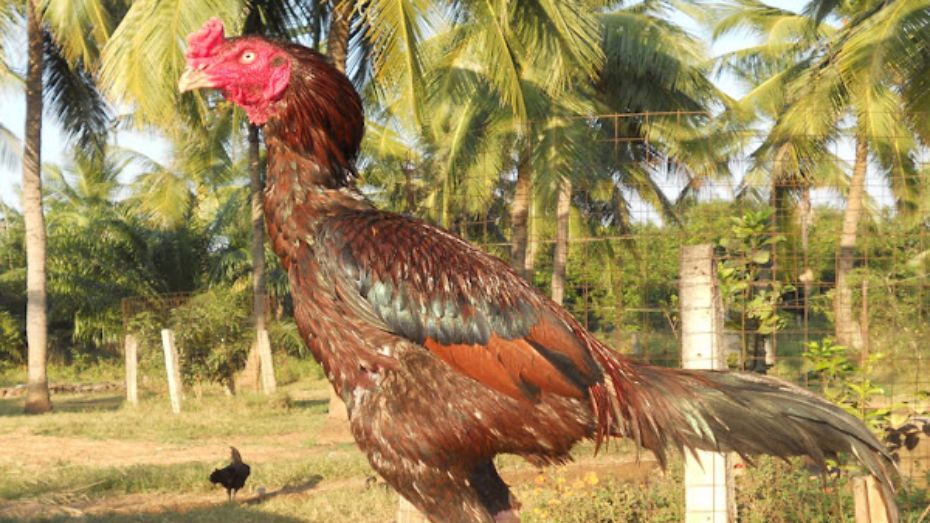
It is believed that Asils were introduced to the Philippines during Spanish rule. Today, they are a popular choice among Filipino breeders for developing new gamefowl bloodlines. However, finding purebred Asils in the Philippines is challenging, as most have been crossbred with other varieties, such as Shamos.
Crossbreeding Asil Gamefowls
Crossbreeding is a common practice among breeders aiming to enhance the qualities of their Asils or develop other gamefowl breeds. This strategy has led to the creation of breeds like the Cornish chicken, originally developed for its meat after a cross between a Red Asil and a black-breasted Lord Derby Red Game, which significantly impacted the American meat industry. Through selective breeding, strength, endurance, and agility are accentuated, producing gamefowl with superior combat abilities and resilience.
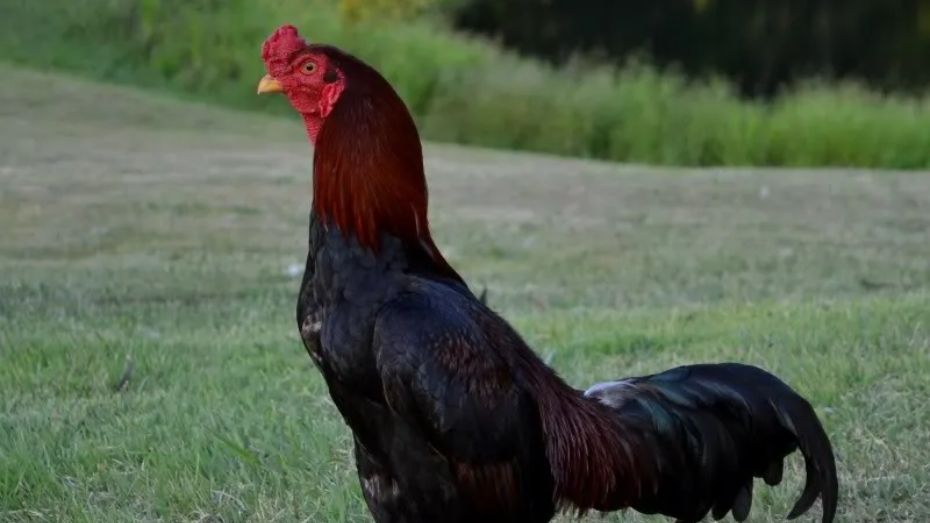
Additionally, crossbreeding has facilitated the introduction of genetic diversity, helping to mitigate health issues and improve overall vitality in gamefowl populations. The practice continues to be a cornerstone in developing high-quality, robust gamefowl, preserving the legacy of the Asil while pushing the boundaries of their capabilities.
Varieties of Asil Gamefowls
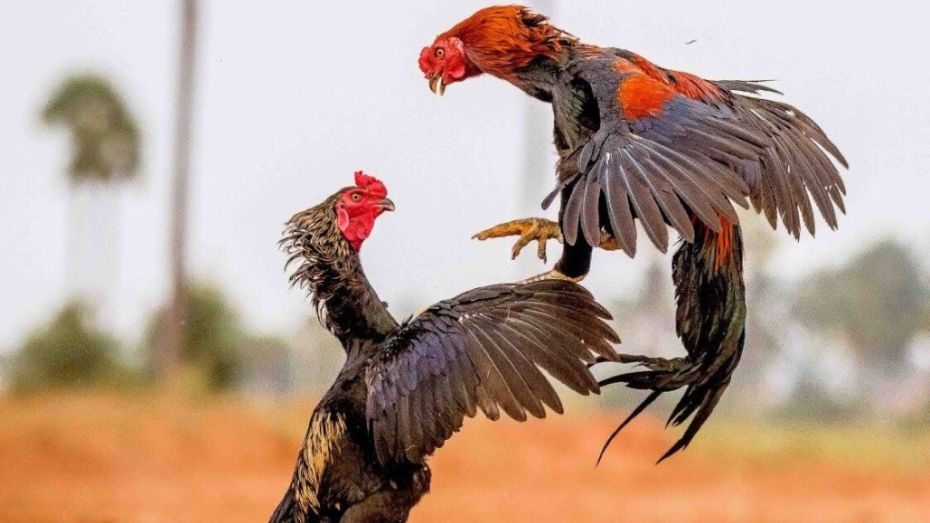
Several variations of Asil gamefowls have emerged, each with unique characteristics:
FAQs
Conclusion
The Asil gamefowl remains a cornerstone in the development of competitive and robust gamefowl bloodlines. While purebred Asils are rare, the potential for creating powerful new breeds through strategic crossbreeding is immense. For enthusiasts and breeders looking to engage in the exciting world of cockfighting, PH Sabong offers a platform where you can experience the thrill and strategy of betting on these magnificent birds. Join us at PH Sabong and place your bets on the next cockfighting champion!
